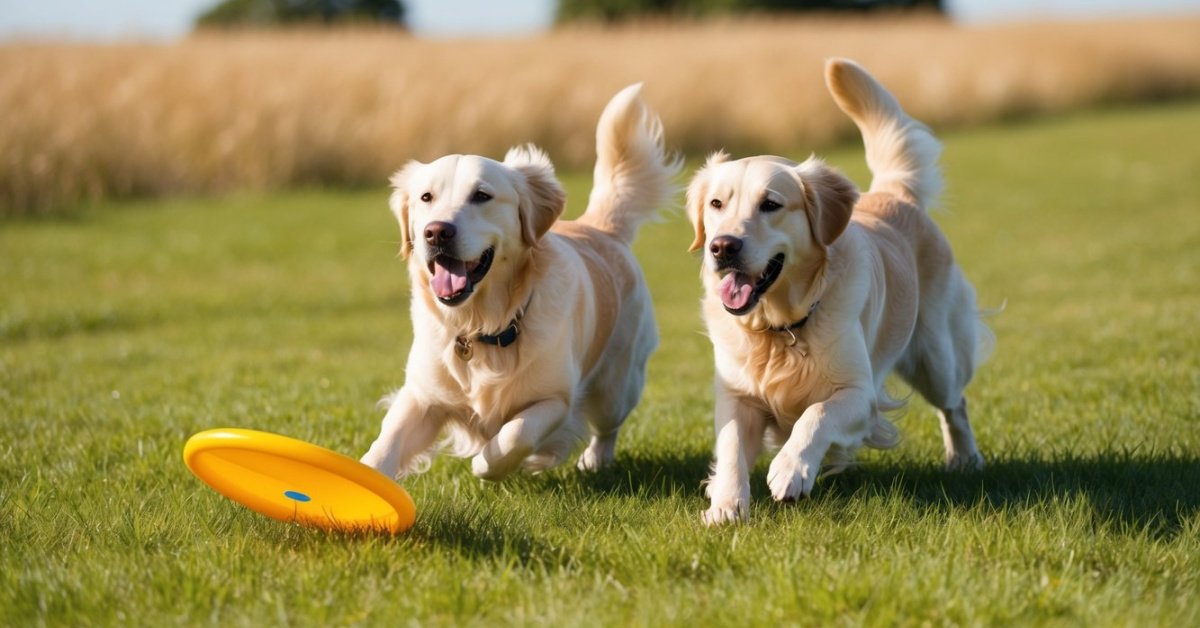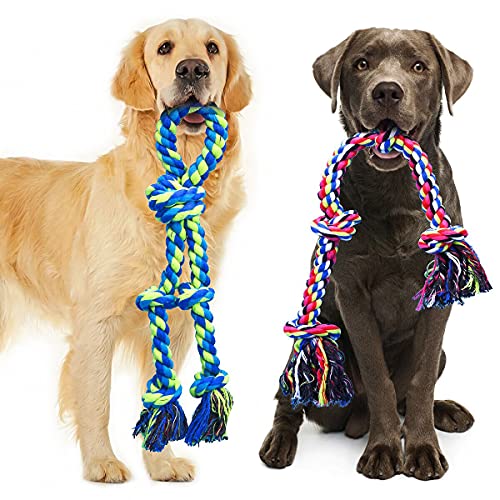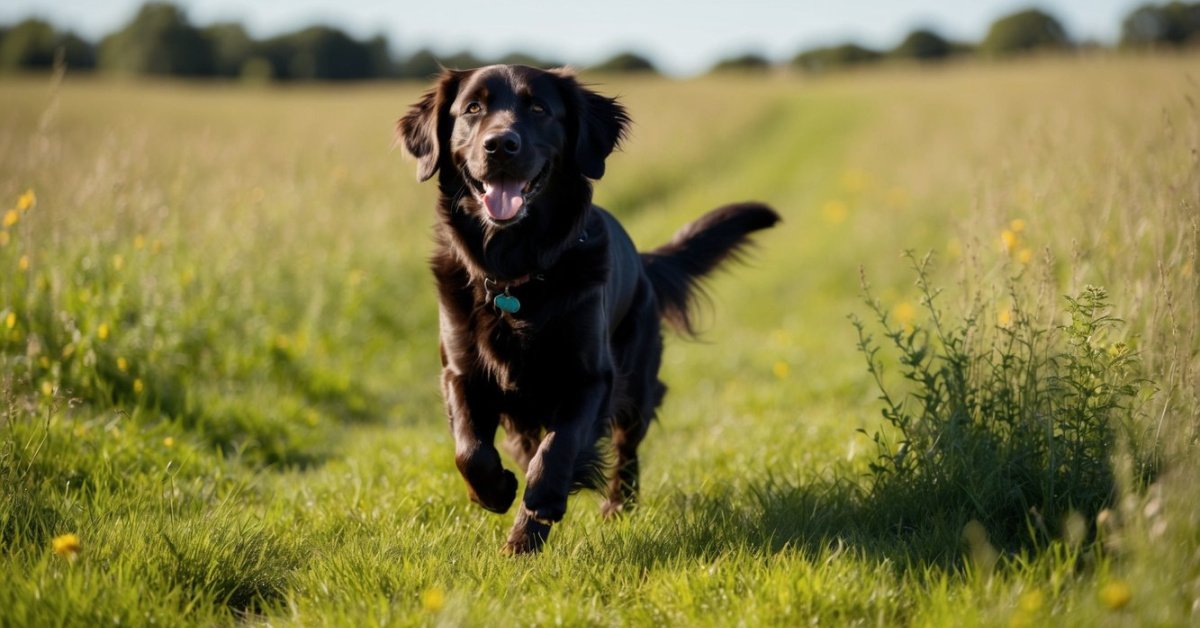Bringing a Golden Retriever puppy into your home is one of the most joyful experiences. Their playful nature and loving demeanor can light up any room. But as adorable as they are, those little teeth can cause quite a bit of trouble during the teething phase. If you’ve ever seen your pup gnawing on furniture or your favorite shoes, you know exactly what I mean!
Understanding Golden Retriever Puppy Teething
Teething is a natural phase for Golden Retriever puppies, marked by discomfort and an urge to chew. I’ve found that understanding this process helps manage their behaviors effectively.
What Is Teething?
Teething refers to the development of a puppy’s adult teeth. Golden Retriever puppies typically begin teething at around three weeks, with the process continuing until they’re about six months old. During this time, they might experience gum soreness, leading them to chew on various objects for relief. Recognizing signs like increased chewing or drooling indicates teething. Providing appropriate chew toys can help mitigate damage to household items.
Teething Timeline for Golden Retrievers
The teething timeline for Golden Retrievers unfolds as follows:
| Age (Weeks) | Description |
|---|---|
| 3-6 | Baby teeth erupt; puppies chew more. |
| 6-8 | Sharp puppy teeth develop; chewing escalates. |
| 8-12 | Most baby teeth fall out; gum discomfort peaks. |
| 12-24 | Permanent teeth emerge; chewing becomes constant. |
Monitoring this timeline equips me to provide better support during each stage, ensuring a smoother teething experience for my puppy.
Signs of Teething in Puppies
Recognizing the signs of teething in Golden Retriever puppies helps me support them through this challenging phase. Here are some common indicators to watch for.
Common Behavioral Changes
- Chewing on objects: Puppies may chew on furniture and personal items as relief for sore gums.
- Increased fussiness: A teething puppy may become more irritable and less tolerant of handling.
- Changes in playfulness: Some puppies might lose interest in toys or play, while others may display heightened energy.
- Restlessness: Teething can lead to trouble settling down, resulting in excessive movement or pacing.
Physical Symptoms to Look For
- Swollen gums: I can observe their gums appearing red and inflamed, indicating discomfort.
- Loss of baby teeth: Puppies might lose their baby teeth during this period, which can be noticeable.
- Excessive drooling: Increased saliva production often accompanies teething, leading to wet spots on the floor.
- Oral sensitivity: Puppies may protest when I touch their mouths or exhibit guarding behavior.
Effective Teething Tips for Golden Retrievers
Teething can be a difficult time for both puppies and their owners. I’ve found that implementing a few effective strategies makes this phase easier.
Chew Toys and Their Importance
Chew toys play a crucial role in alleviating teething discomfort. I choose appropriately sized, durable chew toys that are specifically designed for teething puppies. Rubber or silicone toys grip well and can withstand heavy chewing. My favorite options include:
- Kong Toys: These can be stuffed with treats, adding extra excitement for the puppy.
- Nylabone Chews: They promote healthy chewing and help satisfy the urge to gnaw.
- Rope Toys: The fibers massage gums and help clean teeth.
Offering a variety of textures can keep my puppy engaged, redirecting their chewing away from furniture and shoes.
DIY Teething Remedies
I often turn to DIY remedies to soothe irritated gums. Some effective options include:
- Frozen Carrots: These provide a natural, crunchy treat that relieves discomfort.
- Frozen Washcloths: Soaking a washcloth in water and freezing it gives my pup something cool to chew on.
- Ice Cubes: Supervised chewing on ice cubes can help numb their gums.
These remedies are safe and provide a quick, effective way to ease the teething process.
Keeping Your Puppy Comfortable
To keep my puppy comfortable during teething, I maintain a consistent routine. A few strategies include:
- Regular Exercise: Daily walks and play sessions help burn off excess energy and reduce frustration.
- Calm Environment: Creating a quiet space allows my puppy to relax when they feel overwhelmed.
- Gentle Oral Care: I gently brush my puppy’s teeth with a soft toothbrush to promote healthy gums and teeth.
Implementing these strategies can make teething easier for my Golden Retriever and encourage them to grow into a happy, healthy adult dog.
Managing Teething Pain
Managing teething pain in Golden Retriever puppies requires vigilance and appropriate strategies. Understanding when to seek professional help and knowing suitable pain relief options can make a significant difference for my puppy.

When to Consult a Veterinarian
« Understanding Golden Retriever Breeder Contracts: Key Insights for Dog Owners
Essential Golden Retriever Event Planning Tips for a Pawsitively Memorable Celebration »
Consulting a veterinarian becomes crucial if I notice severe symptoms during teething. Signs that warrant a visit include excessive drooling, bleeding gums, or difficulty eating. If my puppy seems unusually lethargic or shows signs of extreme discomfort, it’s essential to reach out for professional guidance. Persistent issues like swelling beyond normal gum sensitivity might also indicate underlying problems.
Recommended Pain Relief Options
Several effective pain relief options exist for managing my puppy’s teething discomfort. I can choose:
- Cold Chew Toys: Frozen rubber toys can numb sore gums effectively, offering relief while encouraging chewing behavior.
- Raw Carrots: Hard yet safe to chew, raw carrots provide a natural option that also helps clean teeth.
- Frozen Washcloths: Dipping a washcloth in water, freezing it, then allowing my puppy to chew can soothe irritated gums while being safe to digest.
- Teething Rings: Many pet stores offer special teething rings designed specifically for puppies, which can help reduce discomfort.
- Veterinary-Approved Chews: Some over-the-counter products are specially formulated to ease teething pain, and my veterinarian can recommend suitable options.
Implementing these pain relief methods enhances comfort for my Golden Retriever, making the teething phase less challenging for both of us.
Conclusion
Teething can be a tough time for both Golden Retriever puppies and their owners. I know it can feel overwhelming at times but with the right tools and strategies it can also be a bonding experience. By understanding what your puppy is going through and providing the right support you can help them navigate this phase more comfortably.
Don’t forget to keep an eye on their behavior and physical signs. It’s all part of growing up. With patience love and a few effective teething tips your puppy will soon be through this stage and ready to bring even more joy into your home. Enjoy every moment of this journey together!

















